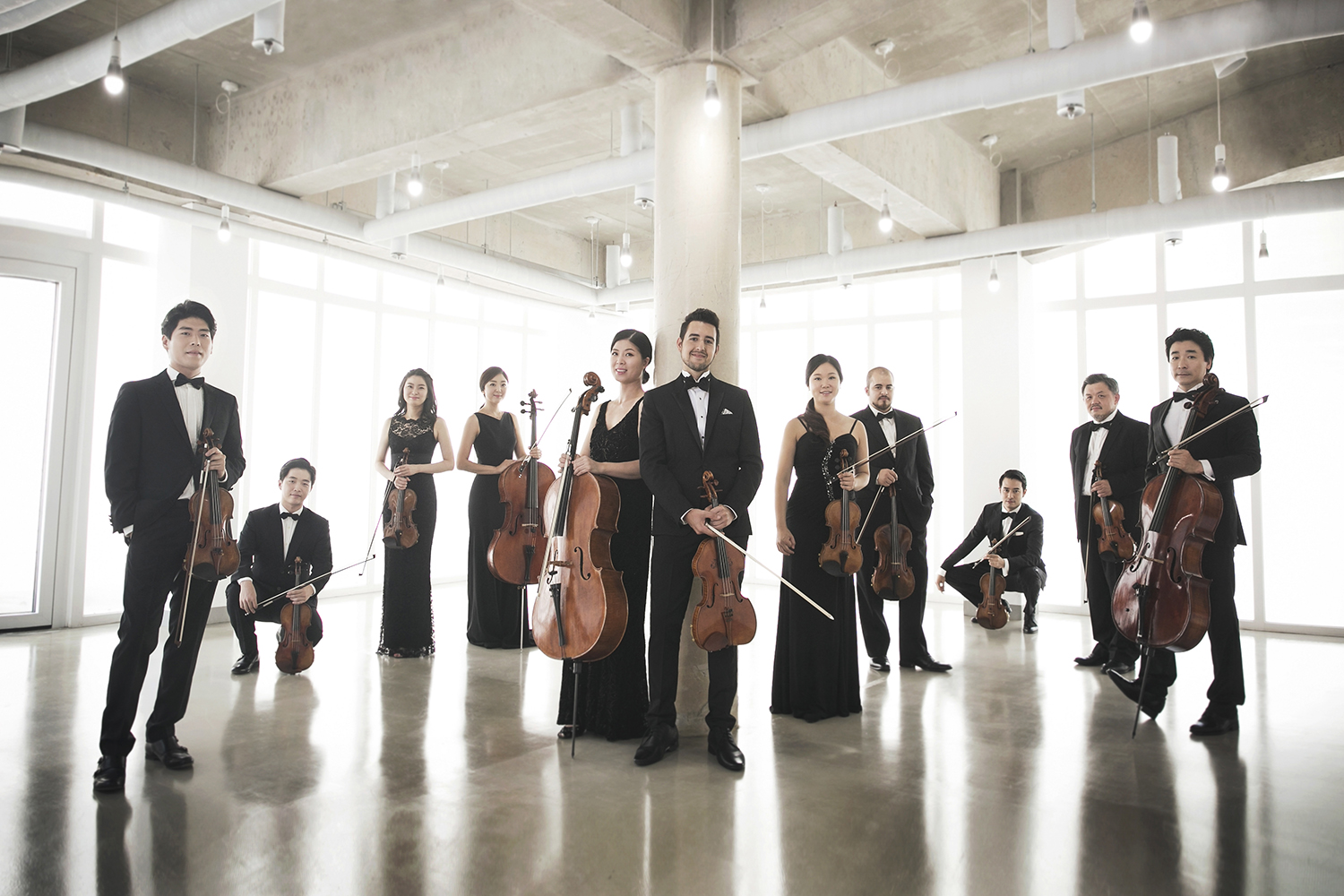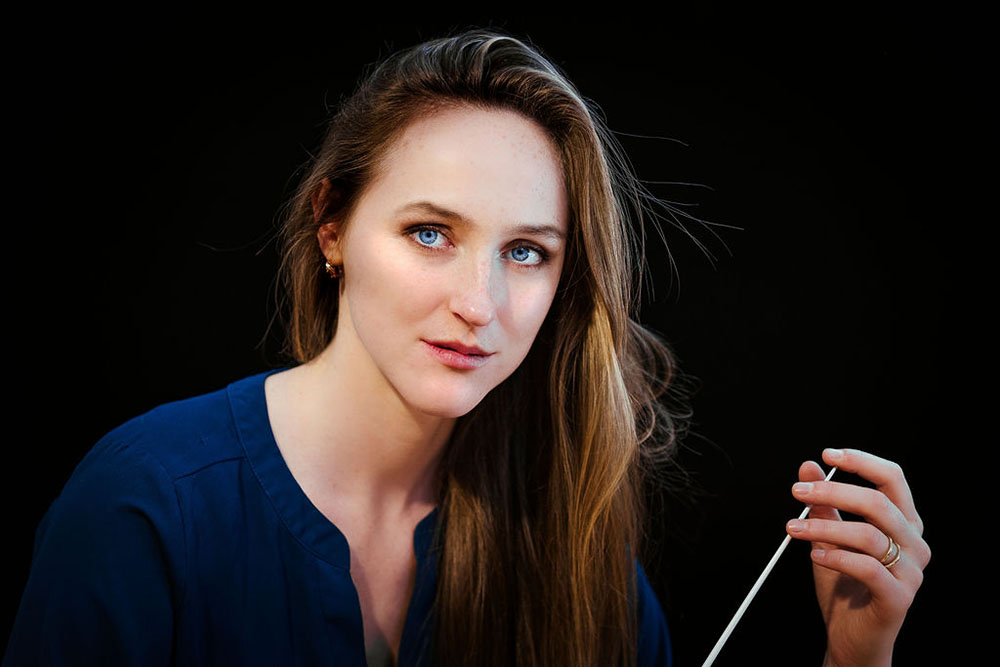solo saxophone (sop. & alto), 2fl.(2dbl.alto fl.)ob.bsn.2perc/pno.strings
First performance by the Sejong Soloists, Steven Banks, saxophone soloist, conducted by Hannah von Wiehler, on 17 May 2024 at Carnegie Hall in Zankel Hall, New York, NY.
Duration: 30 minutes and 30 seconds.
[In six movements played without a pause.]
Commissioned by Sejong Soloists, Kyung W. Kang, Creative and Executive Director, for the world premiere in Carnegie Hall on 17 May, 2024. Dedicated with admiration and gratitude to the Sejong Soloists, Hyo Kang, Kyung W. Kang, Steven Banks, and Hannah von Wiehler.
Over the past 45 years, Augusta has composed many works whose titles point to natural and celestial radiances: sun, earth, moon, galaxy, light, dawn, illumination, etc., and several compositions specifically with reference to mythological figures such as Sun Goddesses and Sun Gods, among other Goddesses and Gods. From Egyptian, Greek, and Roman cultures, her works have been inspired by, among others, Eos, Selene, Arcus, Re, Helios, Apollo, Aurora, Theia, Venus, Rhea, Terpsichore, and Laetitia.
— Augusta Read Thomas
“The Korean pantheon boasts a diverse collection of gods and goddesses, each with their unique histories and origins. Sun Gods play a pivotal role in Korean mythology and cultural traditions, symbolizing the power and life-giving essence of the sun. They are revered as divine beings who bring light, warmth, and energy to the world. Additionally, these deities hold immense significance in celestial and agricultural domains, influencing the wellbeing of individuals, communities, and the natural environment.
The origins of Haemosu, the revered Korean Sun God, can be traced back to ancient times, intertwined with the rich folklore and ancient shamanic traditions of the Korean people.
With his unique head adorned with crow feathers, Haemosu’s descent from the heavens in his majestic chariot, known as Oryonggeo, represents the dawn and dusk of the sun. His divine abilities are awe-inspiring, as he is capable of observing the concerns of the people during the day and returns to the celestial realm at sunset.”
“Samguk Yusa (삼국유사; Memorabilia of the Three Kingdoms) is a historical record compiled by the Buddhist monk Il-yeon in 1281. According to Samguk Yusa (삼국유사), Haemosu (解慕漱) is the son of the Heavenly Emperor (천제, 天帝), and he descended from the sky riding on the Five Dragon Chariot (오룡거, 五龍車) with about a hundred followers (종자, 從者) riding on mythical creatures called Goni. They floated down through the colored clouds.”
Haemosu’s Celestial Chariot Ride imagines panoramas seen and experiences incited when taking a ride with Haemosu through sparkling, empathetic, and radiant adventures. The composition is inspired by six Korean Sijo Poems. The Sijo present beautiful scenes, energies, and moods. The saxophone soloists steers the flying chariot, escorting us across those auras, offering views from the vantage point of the sky.
Haemosu’s Celestial Chariot Ride (2024) Augusta Read Thomas (1964)
Bright Jewels
7 minutes and 50 seconds; the first 2 minutes are an opening cadenza leading into the movement proper
I Will Write A Poem Too
6 minutes
Hold Back the Setting Sun
2 minutes and 40 seconds
Temple Bells
3 minutes and 30 seconds
A Crane Dances
4 minutes
Blue Sky
6 minutes and 30 seconds
Special thanks to Dr. Lucy Park for invaluable help with these Sijo and their translations.

예쁜구슬 사만상자를 연잎에다 받아서
담는 듯 되는 듯 어디로 보내볼까
수다스런 물방울들이 이렇게도 흥겨워하나
Forty thousand boxes of bright jewels
caught in the lotus leaves.
Gathered, measured, where shall I send them?
Pattering drops,
they are so vibrantly gay!
Excerpted from The Book of Korean Shijo, translated by Kevin O’Rourke, Harvard University Press 2002 (p. 74).
I Will Write A Poem, Too
Up above the shimmering sea
two or three seagulls are hovering.
Rolling, wheeling, they write a poem.
I do not know the alphabet they use.
One the broad expanse of sky
I will write a poem too.
아득한 바다 위에 갈매기 두엇 날아 돈다.
너훌너훌 시를 쓴다. 모르는 나라 글자다.
널따란 하늘 복판에 나도 같이 시를 쓴다.
Excerpted from The Bamboo Grove: An Introduction to Sijo, edited and translated by Richard Rutt, University of California Press 1971 (#264). Originally published in Nosan sijo sonjip, 1958, p. 374 (written 1938).

석양이 산아래로 지고 갈길은 천리로다
말은가자 굽을 치고 님은 잡고 울기만해
저님아, 나를 잡지말고 지는 해를 잡아라
My horse neighs to leave here now, but you plead with me to stay;
the sun is dipping behind the hill, and I have far to go.
Dear One, instead of stopping me, why not hold back the setting sun?
Excerpted from The Bamboo Grove: An Introduction to Sijo, edited and translated by Richard Rutt, University of California Press 1971 (#68).

창밖에 초록색 풍경 걸고 그아래 공작새 깃으로 발을 다니
바람 불적마다 흩날려서 나는 소리도 좋거니와
밤중엔 잠결에 들어보니 먼곳의 종소리인듯 하여라
I hung green jade chimes by the window,
with a screen of peacock feathers beneath.
Whenever the wind blows they flutter,
and beguile me with their tinkling sound.
In the night it penetrates my sleep,
like the sound of distant temple bells.
Excerpted from The Bamboo Grove: An Introduction to Sijo, edited and translated by Richard Rutt, University of California Press 1971 (#94).

꽃난간에 달이 돋고 창문에는 밤이 깊은 때
맑은소리 가야금을 마루에서 연주하니
뜰가에 서있던 학이 듣고 우쭐우쭐 춤춘다
The floral balustrade is streaked with moonlight.
Night deepens on the bamboo lattice.
I play on my seven-stringed lute
as I slant it on the cool floor.
A crane at the edge of the yard
starts to dance to the notes.
Excerpted from Classical Korean Poetry, selected and translated by Jaihiun J. Kim, Asian Humanities Press 1994 (p. 140).
Blue Sky
Sometimes feeling abstracted
I just gaze at the bright blue sky:
At the absolutely empty
blue sky, the wide blue sky.
And already it has entered my heart,
the wide blue bright blue sky.
푸른하늘
이따금 멍하니 푸른 하늘을 바라본다.
아무 것도 없는
푸른 하늘, 다만 푸른 하늘
어느새
내 가슴도 마저
푸른 하늘이 된다.
Excerpted from The Bamboo Grove: An Introduction to Sijo, edited and translated by Richard Rutt, University of California Press 1971 (#261). Originally published in Nosan sijo sonjip, 1958, p. 377 (written 1940).



To obtain examination or performance material for this
Augusta Read Thomas work, please contact Nimbus Music Publishing.
